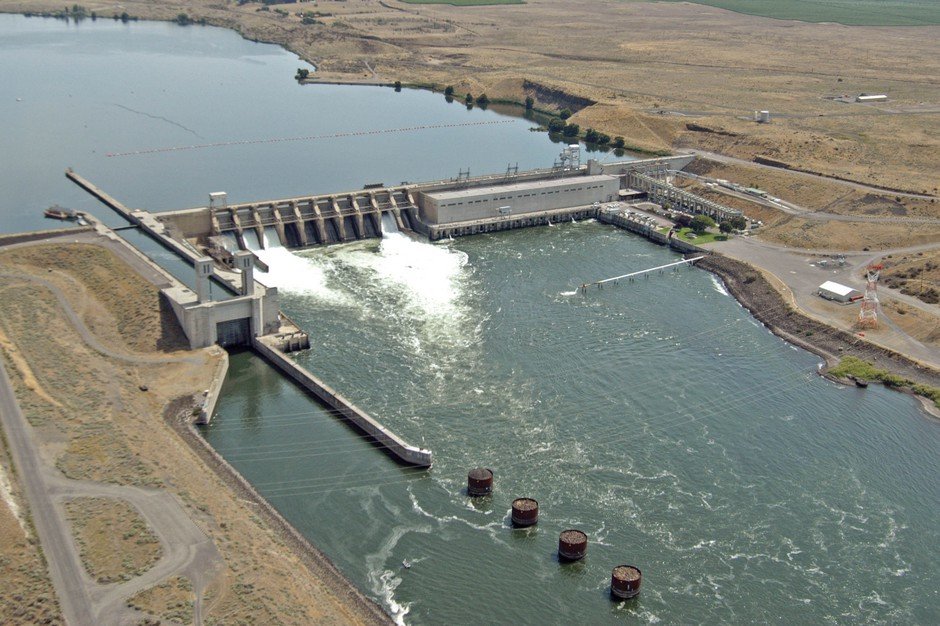The Snake River Dilemma
In Washington, there has been tremendous pressure to find a solution to decades long court battles related to the salmon population, much like those battles fought in the Klamath River Basin. Because of this pressure, members of congress in Washington state are looking at potentially breaching four dams on the Lower Snake River. A draft report commissioned by Washington Governor Jay Inslee and Senator Patty Murray was released giving us insight into which side will be chosen in the battle over the four dams.
You can read the draft, released June 9th, for yourself here.
All of this comes back to managing species of Salmon that run in rivers such as the Snake River. Many tribes and environmental groups are pointing to the dams as the main cause of the huge decline in salmon population over the last 100 years. While the salmon population decrease is undeniably true, what our government representatives don’t seem to understand is that they’re attempting to appease loud voices in what essentially becomes a single-species management approach. This has been the traditional approach to wildlife management, using the assumption that managing for the specific species would provide a suitable habitat for numerous other species, as well. They use what are called “indicator species” to monitor the population and habitats of other similar species. While, this does work in some cases, case studies are finding that this simply isn’t appropriate because often basic research hadn’t been done to document that the chosen indicator species actually could inform us on how other species were doing. This really shouldn’t come as a surprise, as habitat requirements are specific to each species. I wouldn’t come and rearrange your furniture to my liking, then check on myself daily to see how YOU are doing. It just doesn’t make sense.
So, why does single-species versus multiple-species management matter to those affected by these four dams in the Lower Snake River? Because the decisions being made about these four dams are based on managing a specific few species of salmon, aka single-species management. While breaching these dams might impact the salmon population in the Snake River, we are not taking into account how the other fish like their living room furniture arranged.
In addition to not taking other fish and wildlife species into account, the price tag for this effort could wind up costing in the hundreds of billions just to get started. It will likely cost trillions in the long-term. Now, I’m not saying we shouldn’t do right by salmon or any other fish and wildlife affected by these dams. I am saying we know from case study after case study that single-species management simply isn’t the best way to approach protecting them.
If this all seems all too familiar to you it’s because it’s the same playbook used to keep water from farmers in the Klamath River Basin!

